How adventure can revitalize your marketing and your brand
The Hero and The Outlaw is a fascinating book. Can’t you just see the imagery that goes with that title?
Maybe it’ll surprise you that this is a marketing book. The subtitle is “Building Extraordinary Brands Through the Power of Archetypes.” And yes, it’s a great read.
The authors of this book – Margaret Mark and Carol Pearson – provide marketers with a structured system to understand the deep meaning of their product category, how to claim it for their brand, and then tell a compelling brand story. Here the authors define 12 different archetypes.
One of them is called The Outlaw. Its motto is “Rules are meant to be broken.”
Authors Mark and Pearson suggest that “The Outlaw may be known as the rebel, the revolutionary, the villain, the wild man or woman, the misfit, the enemy, or the iconoclast.”
There are both positive and negative examples of brands that have embraced this persona. All of them live for adventure.
Adventure as a Value
The human desire for adventure is strong. We all seek it in some fashion or form – some overtly, and some very quietly. But do we really understand the value of adventure?
As a differentiating value, Adventure means a wild and exciting undertaking (not necessarily lawful); risky activities. Just the thought of an exciting adventure makes your heart beat faster. Many marketers understand the power of this value.
Consider the various ads that attempt to link their offerings to outdoor adventure. From SUVs to sporting gear, from extreme bungee jumping to mountain climbing, the value of adventure is incorporated into many brands.
But can adventure revitalize a brand?
The Remaking of an Iconic Brand
One of the best examples of a successful ‘outlaw’ brand is Harley-Davidson. Founded in 1903, this famous manufacturer of American motorcycles started out seeking adventure. In 1915 it sponsored a racing team whose daredevil antics were so dangerous they led to frequent accidents and some fatalities.
But the treasured story of this iconic brand is the amazing turnaround of Harley-Davidson in the mid- 1980s when the company faced stiff competition from Japanese manufacturers and was at the brink of bankruptcy.
As the story is outlined in the book Radical Marketing, authors Sam Hill and Glenn Rifkin highlight how the real adventure started in 1981 when Vaughn Beals, Harley’s chief executive, pulled together a dozen company officers, including Jeff Bleustein, found outside financing, and bought the flailing company from AMF. This was a radical move considering the terrible economic circumstances and high interest rates at the time.
Yes, Harley-Davidson worked hard to address their known quality issues. But the now famous Harley-Davidson brand really only blossomed when they formed the Harley Owners Group – known simply as HOG.
The remaking of this iconic brand occurred when it caught hold with the baby-boom generation that had long harbored Harley dreams and finally had the disposable income to indulge those dreams. The HOG community represented a strong, loyal group of Harley-Davidson enthusiasts that promoted not just a consumer product, but also a lifestyle
Finally, Harley’s were no longer just for stereotypical blue-collar bikers. This brand was now embraced by a large group of people who quietly identified with the persona of The Outlaw, and the value of adventure.
How can the value of adventure help remake your brand?

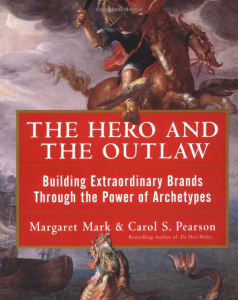

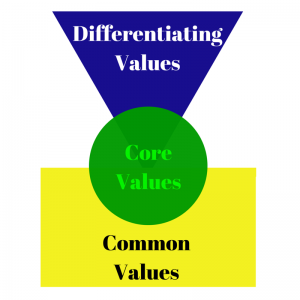

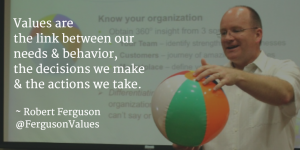
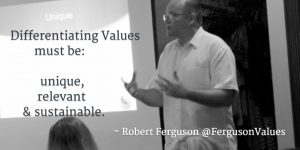
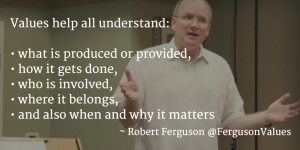
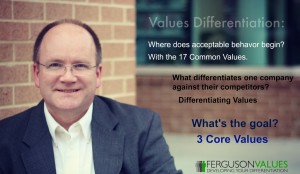
What an interesting blog topic. Adventure is something I hadn’t used before, although now that I think about it I know some people who are using it very well (with graet success I might add).
Thanks for the food for thought!
Thanks for the positive feedback, Sam.